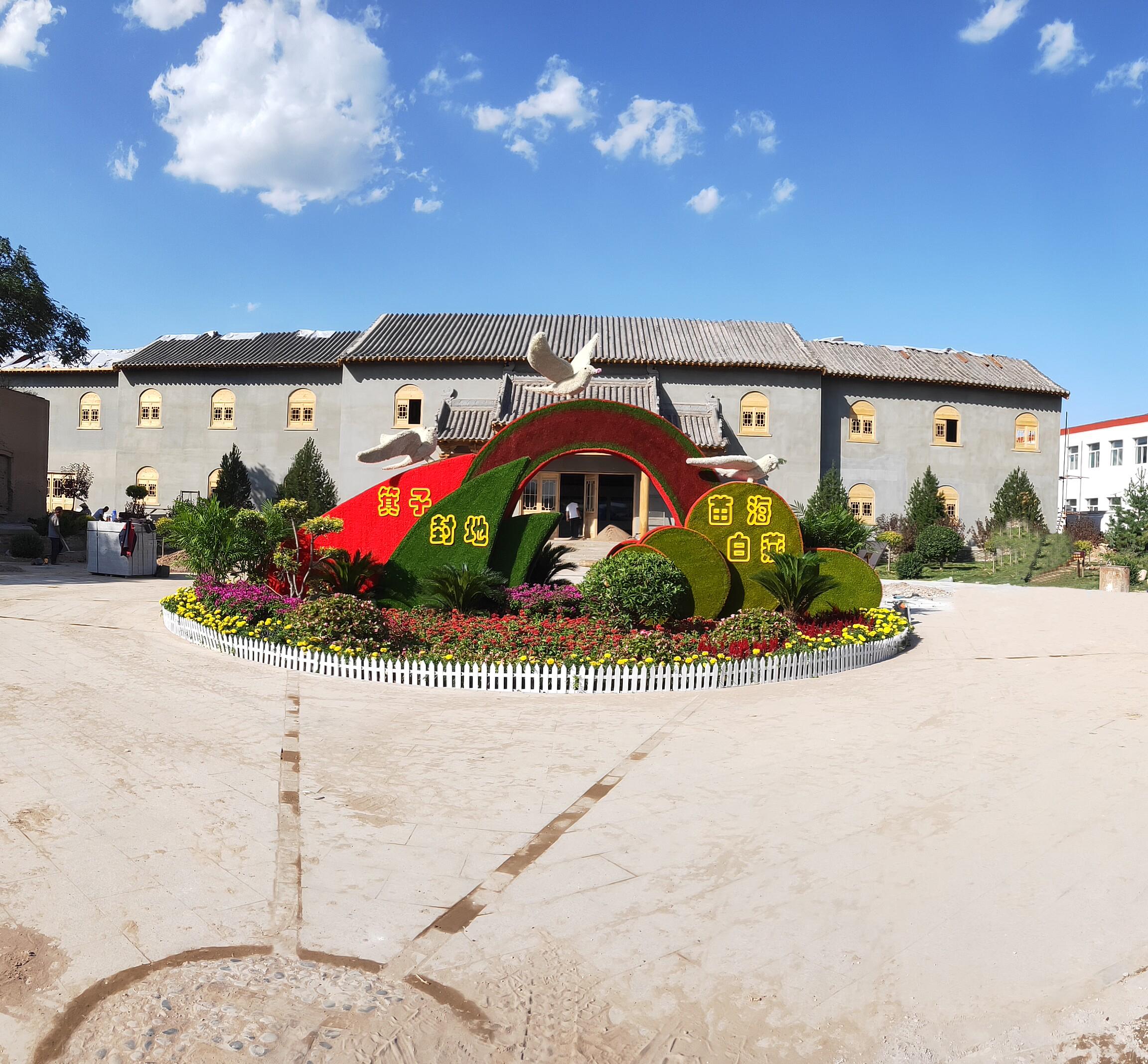
White Swallow Village Square
In December 2016, Baiyan Village was included in the 4th batch of traditional Chinese villages by the Ministry of Housing and Urban-Rural Development and other departments. Baiyan Village is located in Xiaobai Township, Taigu District, Jinzhong City, and is a feudal village during the Shang Dynasty that was known as the "first son of Chinese culture" by the uncle of the King of Qi, so Baiyan Village is also called "Jicheng", which means "The City of Jizi".
White Swallow Ruins
Mizi (箕子), known as Xu Yu (c. 1173 BC – 1080 BC). He was the seventh descendant of Emperor Wuding of Shang Gaozong and the uncle of King Huan, who served as a taishi in the imperial court, and Confucius referred to Jizi and Weizi and Bigan as the "three rens" of Yin Shang. Faced with the tyranny of the King of Sui, the three adopt different ways of survival, with Miko choosing to escape and hide, Bikan choosing to face and be killed, and Miko adopting a strategy of pretending to be crazy. Miko believes that both the practices of Weizi and Bigan are practices that show the evil deeds of the king and are not worth emulating, and in order to avoid the same fate as Bigan, he has no choice but to wear a cloak and scatter and pretend to be crazy and leave the capital. After King Wu destroyed Shang, King Wu of Zhou respected Mizi's virtuousness and hoped that Mizi would assist him, but Mizi replied, "Shangqi has fallen, and I am a servant." King Wu of Zhou asked Mizi for advice on the strategy of governing the country, and Mizi wrote the "Hong Fan Nine Domains" to describe his ideas for governing the country. The Hong Fan Nine Domains established Mizi's philosophical position and became the first thinker in the history of Chinese culture to pass on reliable works. Mizi first expounded the five elements, heavenly induction, royal way and other ancient ideas, which have pioneering significance for future generations, especially the five elements theory, the five elements theory as the core and foundation of traditional Chinese culture, it adopts the method of taking images and analogies, and divides everything in the world into five categories: metal, wood, water, fire, and earth, and on the basis of the attributes of the five elements, the relationship between the two elements is used to explain the mutual relationship and change and development between things.
Minoko Statue
Today, in order to commemorate Miko, a Miko Garden and a Mikokan have been built next to the Ruins of Baiyan, and in the center of the Miko Garden, a statue of a white jade Mizi is erected, and a chess piece is also held in the hand of Miko. The baiyan ruins are not more than 100 meters away from the Jizi Garden.
The Baiyan site was discovered in 1956 by the Shanxi Provincial Cultural Relics Work Committee during a census of Taigu cultural relics. Through many excavations, a large number of pottery and a large number of production tools, living utensils and some ornaments have been unearthed. The excavated cultural relics lasted for a very long time, from the Neolithic, Xia, Shang to the late Western Zhou Dynasty, and there were a large number of stone bones, teeth, mussels and a small number of bronze and gold artifacts. The Baiyan site restores the scene of the life of the ancestors of Taigu in that year. At present, the Baiyan site has become a key protected cultural relics in Shanxi Province.
The main hall of Baofeng Temple
To the east of the Baiyan ruins is the reconstructed Baofeng Temple, also known as the "Fox Immortal Temple", which was built in the first year of the Yuan Dynasty (1321). In ancient times, the incense of Baofeng Temple was the most exuberant and the most magical, but unfortunately, Baofeng Temple, like other temples in the village, was destroyed in the war. Now, the villagers of Baiyan have self-financed the reconstruction of Baofeng Temple, so that the temple has returned to its former glory and the number of believers has increased. In front of Baofeng Temple, there are several quite amazing ancient trees, whether it is national locust or ancient cypress, there are five branches, people call it five-clawed locust and five-clawed cypress. At that time, Miko first created the Five Elements Theory, it should be said that the five-clawed locust and the five-clawed cypress were a kind of externalization of his theory, and we had to admire the magic of nature.